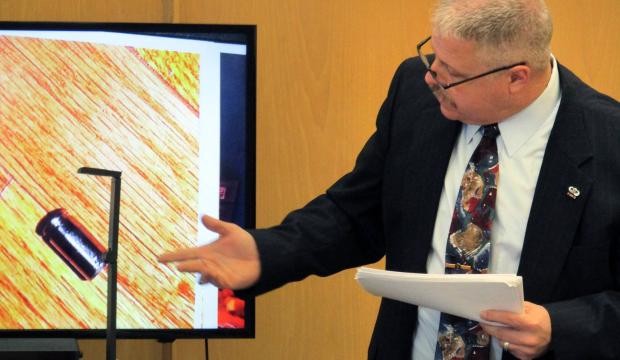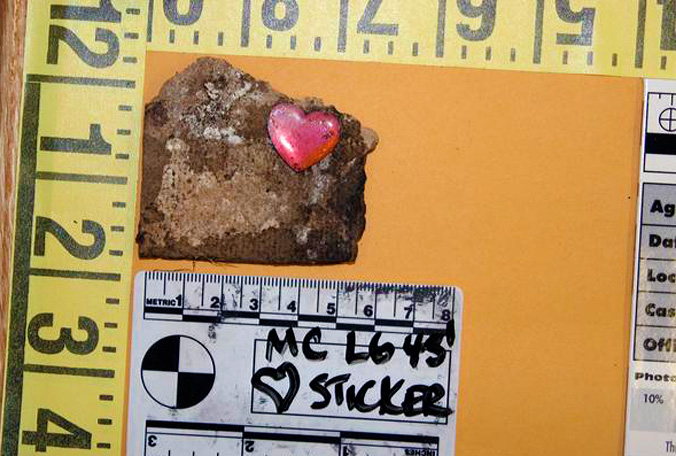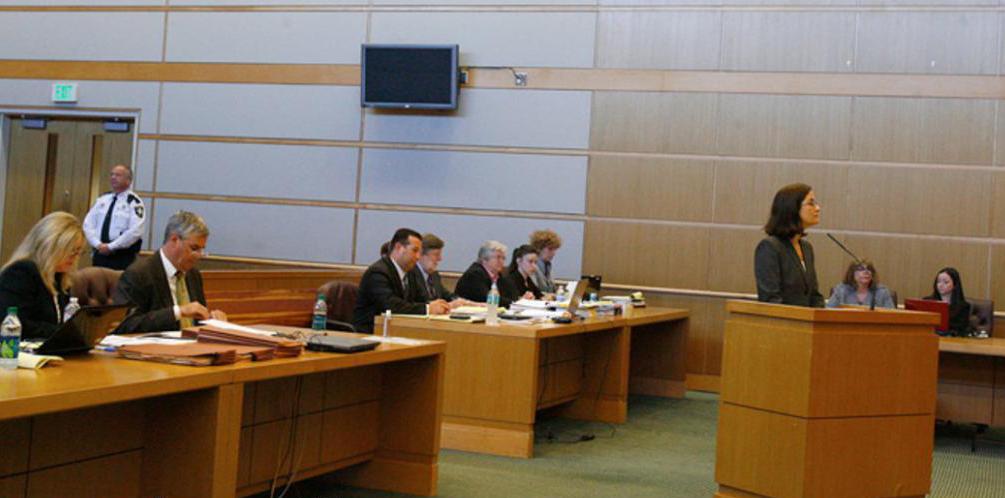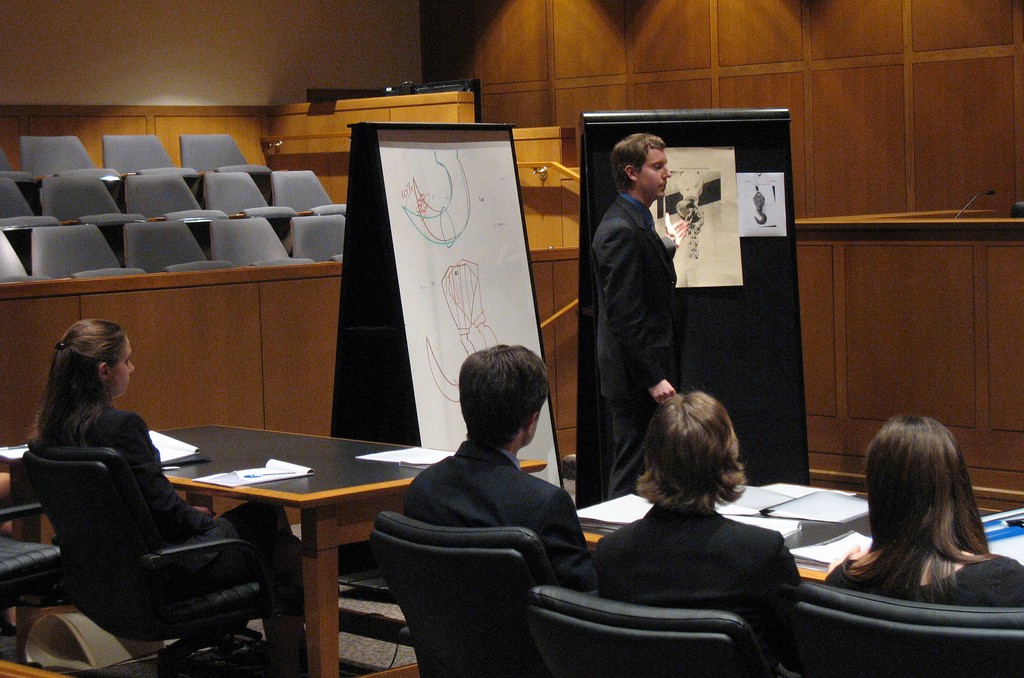The expression "evidence base" can scare a person who does not have experience in the field of jurisprudence. What do these words mean? How are laws and judicial practice related to them? How is she and by whom is she going?
Normative regulation
The concept of “evidence base” is not found in any code, but it is actively used in investigative and judicial practice. Practicing lawyers refer to evidence and the process of proof.

In the procedural laws there are articles devoted to these concepts, the requirements that apply to their receipt and evaluation. Only on the basis of the provisions of the law will it be possible to find out whether it is possible to attach a thing or a document to the case file.
Terminology
Evidence and evidence are areas of procedural law. What are they? In the first case, this is information and materials that provide information on facts relevant to the case. In the second - the order of their receipt and consolidation.
Such a definition is appropriate for arbitration, civil and administrative proceedings. A slightly different concept of the subject of evidence in criminal proceedings or in cases of administrative offenses.

There, evidence is considered information or factual data, on the basis of which officials and / or the court establish the existence of a violation and the guilt of the person, as well as other facts, the clarification of which is mandatory.
Thus, the evidence base is formed in two ways:
- Based on the essential circumstances of the case, the list of which is determined by the substantive law.
- Based on the standard list of circumstances set out in the procedural law.
What is included in the evidence?
The evidence base consists of several elements:
- documents;
- testimony of witnesses;
- material evidence (things and documents that have preserved material traces of events that are relevant to a dispute or investigation);
- expert opinions.
Documents are papers issued by official authorities, certified by the seal or signature of an official, meeting other criteria in accordance with the law. According to the law, the protocol of a trial or investigative action has the same status.
There are other types of papers - letters, diaries, notes written by citizens by hand or using a computer and other technical means.

Witness testimony is a story about what a person saw or heard, or about which he became aware of from other sources (testimonies from other people's words are accepted if the witness is able to indicate the source of his knowledge).
As material evidence, you can specify objects that served as an instrument for committing an offense, personal things, on which there were traces, incriminating a violation (dirt, blood, etc.).
Expert conclusions - conclusions obtained as a result of scientific research by qualified specialists in the field of science, technology, art and craft. The expert’s conclusions cannot substitute a court or investigation decision, which in fact happens quite often.
How to collect materials in civil proceedings and similar processes
How to collect evidence base? In court cases initiated by filing a claim, materials are provided by the parties to the process on an adversarial basis. The judge intervenes at the request of the participant who needs his help, or in the case specified by law. According to the CAS and certain provisions of the Code of Civil Procedure, the court is entitled on its own initiative to demand evidence.

For example, information protected by notarial secret is disclosed at the request of a court or investigator.Based on this, the plaintiff or the defendant should file a petition in preparation for the trial with an explanation of what the judge should do and for what reason.
The evidence base is built on the basis of what circumstances are material in the case, or what is the subject of evidence. In civil, administrative and arbitration cases, it is built individually.
CPC evidence collection
The investigator or the court collect materials based on a list of circumstances that must be clarified:
- crime event (time, place and method of commission);
- circumstances characterizing the personality of the person involved;
- nature and extent of harm;
- circumstances that exclude crime or unlawfulness of an act or prosecution;
- circumstances mitigating and aggravating liability;
- property obtained by criminal means or used to finance criminal activity.
The evidence base of the crime is the prerogative of the investigator and the court. They are the ones who interrogate witnesses, the suspect, the accused, demand documents, and appoint examinations. And if there are contradictions in the testimony, then confrontations are held.
According to the investigator’s decree, materials obtained by operational services (recording of wiretaps, information from introduced agents, etc.) are attached to the case.

A search of housing and some actions are carried out with the permission of the court. If they were carried out without this, then within 24 hours the materials are submitted to the court, and there they assess the legality of the procedure.
Evidence is included in the case at the request of the suspect, his counsel. The refusal is allowed to appeal to the prosecutor or in court.
The prosecutor or judge has the right to exclude materials from the case, recognizing them as unacceptable evidence, or to include at the request of the defense if the investigator previously rejected the request.
In general, the formation of the evidence base is the duty of the officials specified by law.
The minimum amount of a criminal case is 100 sheets (if one episode was investigated, not several).
What does the CAO say
The evidence base of the offense, according to the Code of Administrative Offenses, does not include a clause on the origin of the property. And instead of the circumstances characterizing the involved person, he obliges to find out the presence of guilt.
Everything is done by analogy with the criminal process: documents are demanded, citizens are questioned, an examination is appointed. The total volume of the case is 20 or 30 sheets, except for the expert opinion.

An official draws up much less documents: a protocol on violation, inspection of the scene of the incident, and the appointment of an examination (if necessary). A significant part of the materials is the paper requested during the investigation.
The judge checks the materials and sends them for revision if he considers them not meeting the law.
Finally
The evidence base in court is the materials collected by authorized officials, or provided by the parties during the trial and requested by the court on their own initiative or at the request of one of the participants.
What materials to collect depends on the wording of the law. Some help are clarifications of the Armed Forces of the Russian Federation. They pay attention to what circumstances are material, what evidence is admissible, and what is not.
Legal processes oblige participants to act within strictly defined frameworks. Their violation negates all efforts to collect evidence, they may be recognized as not complying with the law. Constantly at the hearing scandals involving law enforcement agencies accused of illegal methods of investigation, the courts that ignore comments on certain violations, etc.
